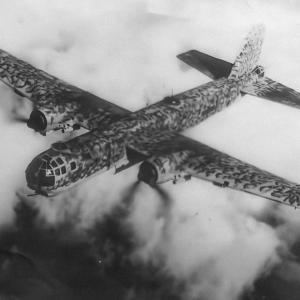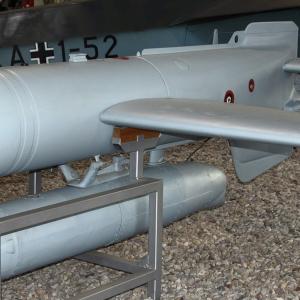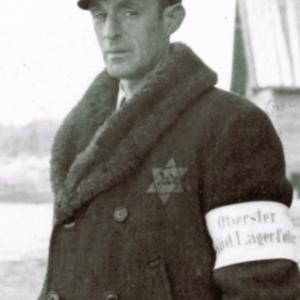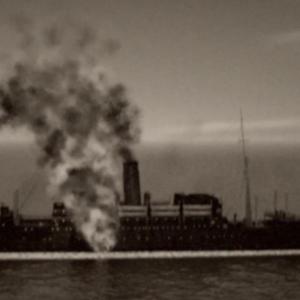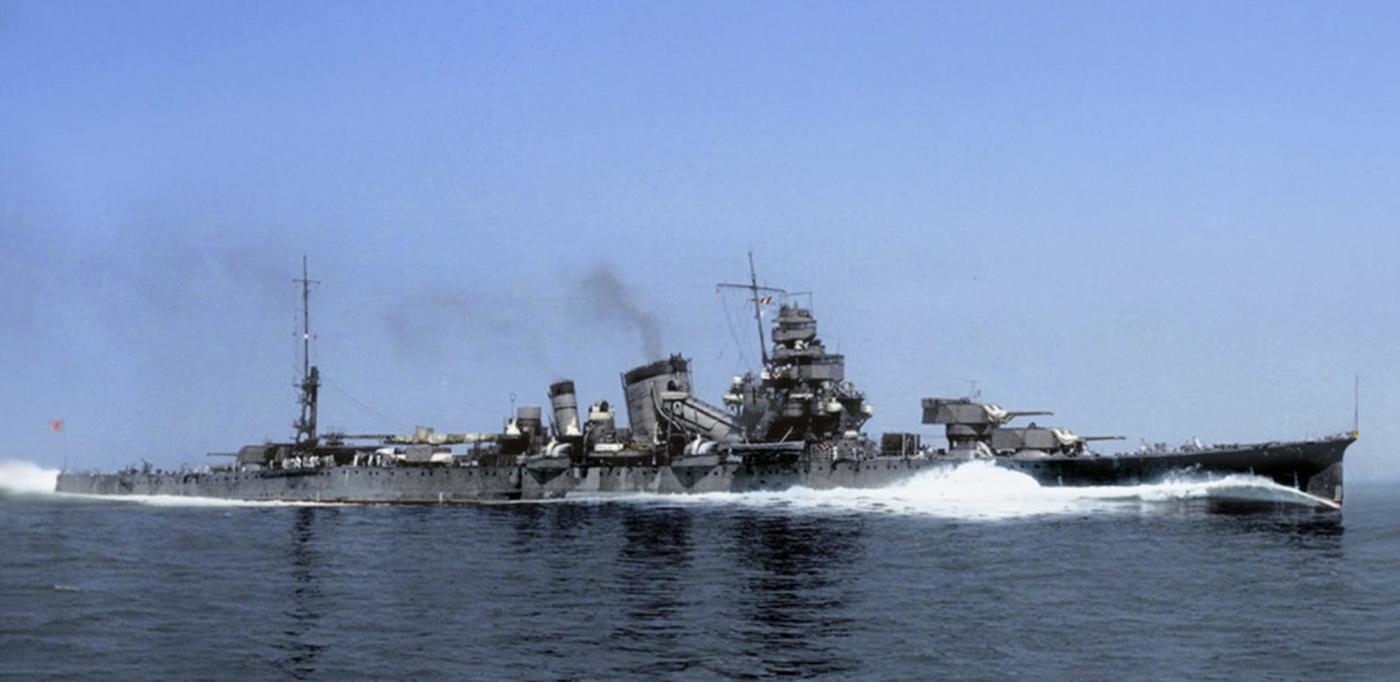
On this day in military history…
The Battle of Cape Esperance was a night naval engagement during the Guadalcanal Campaign in World War II, fought on 11–12 October 1942. It took place off the northwest coast of Guadalcanal, near Cape Esperance on the island of Guadalcanal. The battle involved a surprise encounter between a United States Navy task force and a Japanese naval group attempting to deliver reinforcements to Japanese troops stationed on the island.
At the time, the Japanese were using nighttime operations, referred to as the "Tokyo Express," to resupply and reinforce their forces on Guadalcanal. On the night of the battle, the Japanese had a two-pronged mission underway. One group of transport ships was delivering troops and supplies, while a separate covering force of three heavy cruisers and two destroyers was moving toward Guadalcanal to bombard Henderson Field, a strategically vital Allied airfield. Meanwhile, a U.S. naval task force consisting of four cruisers and five destroyers under Rear Admiral Norman Scott had been dispatched to intercept any Japanese naval activity near the island.
The American force was well-positioned and benefited from the use of radar, giving them the upper hand in detecting enemy movements during the night. Just before midnight, the two forces stumbled into each other in the waters north of Savo Island. The U.S. ships opened fire first, taking the Japanese by surprise. In the chaos of night combat, the Japanese formation was disrupted, and they were unable to coordinate an effective counterattack.
During the intense battle that followed, the Japanese heavy cruiser Furutaka and the destroyer Fubuki were sunk. The heavy cruiser Aoba was heavily damaged. On the American side, the destroyer USS Duncan was sunk, and the cruiser USS Boise and destroyer USS Farenholt were seriously damaged. Despite the damage sustained, the American force achieved a tactical victory by disrupting the Japanese bombardment mission and forcing a retreat.
Casualties were significant. Approximately 163 American personnel were killed, and over 100 wounded. Japanese losses were heavier, with estimates ranging from 341 to over 450 killed. Several Japanese sailors were captured when their ships were sunk or abandoned.
Though the Japanese transport convoy managed to deliver reinforcements to Guadalcanal, the battle itself marked an important shift in naval tactics and capabilities. It was one of the first times the U.S. Navy effectively used radar-guided gunnery in a night battle, demonstrating that technology and improved coordination could give them an edge in engagements that had previously favored the Japanese.
Strategically, the Battle of Cape Esperance was a morale booster for the United States. It showed that the U.S. Navy could contest Japanese movements at night and disrupt their supply efforts. It also marked a turning point in how American naval commanders approached night fighting, learning valuable lessons that would influence future engagements around Guadalcanal and throughout the Pacific Theater. The battle may not have been decisive in isolation, but it played a key role in the slow shift of momentum during the prolonged and bitter Guadalcanal campaign.

